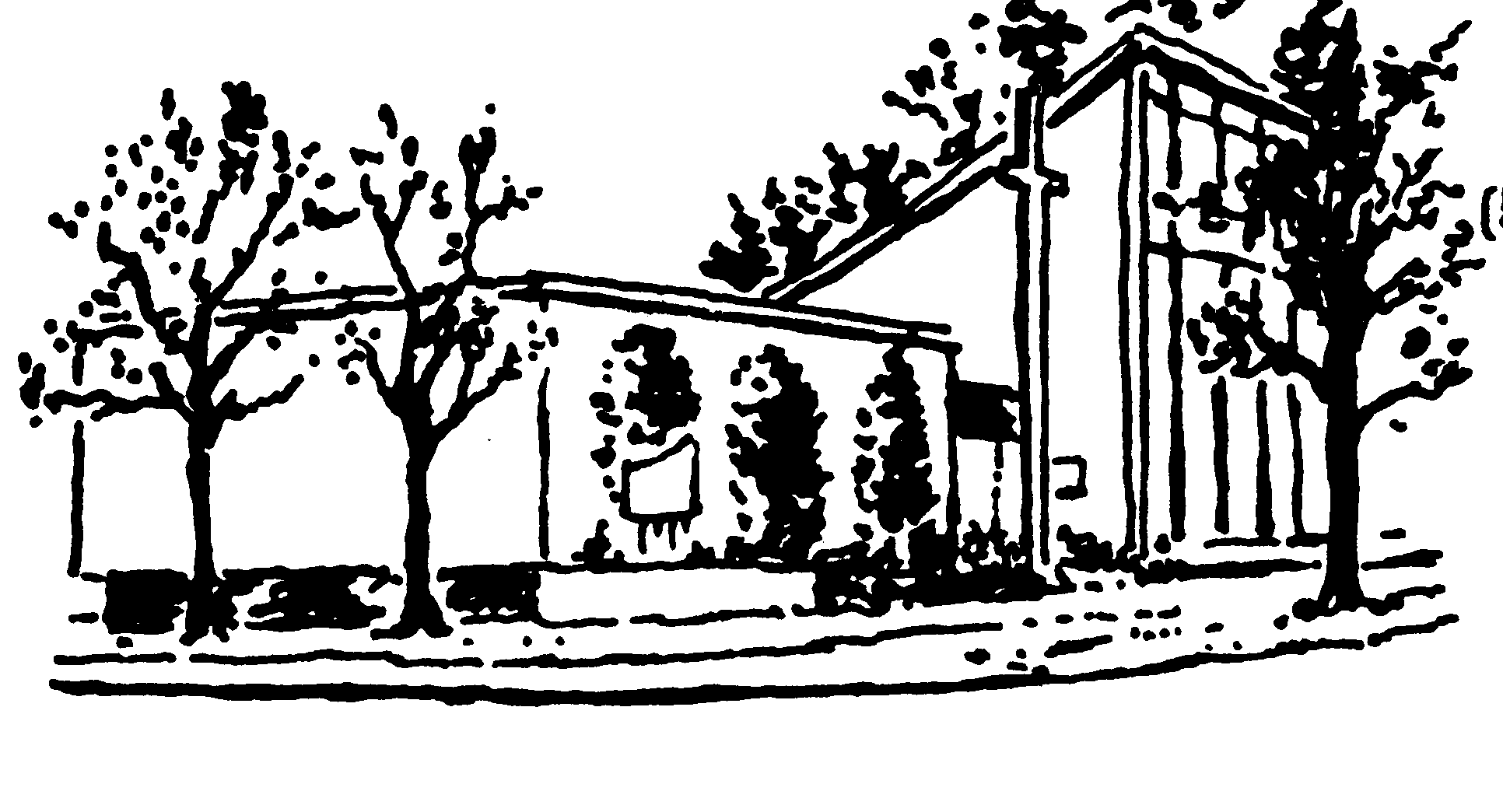
Excerpts From: The Messenger |

|
Strong at the Broken Places
"How long, O LORD? Will you forget me forever? How long will you hide your face from me? How long must I wrestle with my thoughts and every day have sorrow in my heart? How long will my enemy triumph over me?" (Ps 13:1-2).
Have you ever heard someone jokingly say, "It's not easy being me?" This expression is poking fun at their unique personality or challenges they face in life. There are times when we seriously question why God lets certain things happen to us that we don?t think should happen. We are disappointed, defeated, and overwhelmed by the occasion. What is God thinking? Doesn?t he know how we hurt?
This is a crisis of faith we all face at one time or another. If we sincerely love God and try to obey him, why does he allow suffering and brokenness in our lives? Ernest Hemingway writes: ?Life breaks us all ?. but many are made strong at the broken places.? It is a principle of life that the place in which a bone breaks and then heals will be so strong that generally speaking, it will never break there again. If this happens in the natural, why not in the spiritual? God uses our brokenness to strengthen our weak spots.
Only twelve days into 2010 and our world was woken up by a horrific earthquake that devastated the nation of Haiti with hundreds of thousands killed, and bodies that littered the streets of Port-au-Prince, and thousands more left homeless. On the news, there was this young woman with her hands in the air shouting ?Jesus, Jesus, Jesus save us!?
Dealing with brokenness also gives us a chance to show the world how to respond to disappointment or failure from a Christian perspective. We have God?s grace to sustain us, and his hand to guide us. Every setback is a chance to understand God?s plan for our lives more fully, and to see him transform a weakness in life into a strength for his glory.
A tourist travelling in the Netherlands tells how his guide pointed out an historical site. ?This is where the sea broke through,? he said, ?causing thousands to drown. But see ? it is now so strongly reinforced that it will never break through there again.? It is not what happens to Christians that sets us apart from the world, but how we react to it. To stay strong in the face of failure, to hold on God no matter what happens, is to feel the power of God in our lives as we have never felt before. We can do all things through Christ who strengthens us.
As God?s people, we must focus on what God has done for us, not what He has not done. If we are waiting for a breakthrough with God, we must be honest with God about our hopes and dreams. However, also affirm our faith and trust in Him to accomplish His purposes through our life. For peace of mind and stress-relief in today?s culture, there?s no better cure. We can be strong at the broken places.
David never stayed in the place of despair. He often ended his psalms like this one. "But I trust in your unfailing love; my heart rejoices in your salvation. I will sing to the LORD, for he has been good to me" (Ps 13:5-6).
Amen.
Your friend and pastor,
Pastor Samuel K. King-Kabu
Check out these interesting web sites.
The first one, http//www.gtvr.dk/thorsager/ or http://www.panoramas.dk/fullscreen3/f52_thorsager.html is about the beautiful Thorsager Round Church.
The second one, http//www.panoramas.dk/kalkmalerier/ is about the chalk paintings in Danish Churches from the Middle Ages. (See following information.)
Thorsager Round Church is one of the 7 medieval Round Churches in Denmark. It belongs to a group of 3 churches called Absalon Round Churches, built by Bishop Absalon and his family. It is built around 4 pillars while the 4 round churches on the island Bornholm each has only one central pillar.
The church built in the beginning of 1200 is situated in the centre of Djursland but in medieval time Thorsager was a village at the shore of a fiord which divided Djursland in a north and south part. Saxo the famous Danish historian talks about Viking sea battles at Thorsager.
It is believed that the church, built on a hill with its thick walls near the village, was a safe sanctuary for people in the area, and for the Danish king to hide his treasures.
Medieval Churches: Denmark probably has the largest number of medieval wall paintings in Europe. In Danish they are called Kalkmalerier = Chalk paintings, as they are painted on a layer of limewash.
Denmark has about 1700 preserved medieval churches. Most of them probably had been decorated with wall paintings. Today we have about 600 churches with visible paintings and there are probably many undiscovered paintings behind the many layers of lime wash which was used during the 18th and 19th centuries to cover the paintings.
The oldest paintings from 1100-1300 are of Romanesque type and were painted by painters imported from south Europe, but during 1300 - 1600 it changed to a Gothic style and Danish painters took over and developed their own style.
During the Protestant Reformation in the 16th and 17th century, some of the paintings were destroyed but fortunately most of them were just covered with a layer of whitewash.
During the 19th and 20th century these cultural treasures have been rediscovered, some of them as late as during the last centuries.
Thanks, Ole, for recommending these web sites.
Web Page prepared by:
Roger Kenner
& Jette Blair.
Content-New Topics Last Updated: 2010/07/15
St. Ansgar's Lutheran Church - Montreal